There are hidden gems throughout New York City, and this is no exception. A derelict boat wades gently in the cove of the Gravesend Bay, retired from its former life as a mode of transportation. The rusted, overturned vessel floats among rubbish while trees hang overhead and graffiti lay still as a backdrop.
The bay is on the edge of Calvert Vaux Park and a car junkyard. A small path leads the curious adventurer down a slope, through tall brush that reveals the hidden beach. You’d assume fine grain sand would cover the landscape and bleed into the water, but this is not the case. Quite the opposite, this site features large, slippery rocks, red bricks, big chunks of asphalt from unknown streets, and trash, as if it were Brooklyn’s personal disposal bin.
The embankment built from construction debris gives an indication that the cove is not natural. The inlet was created when Calvert Vaux Park, then named Dreier Offerman, was expanded into Gravesend Bay to create the largest section of the 86-acre recreational space.
Earlier schemes for this part of the Brooklyn shoreline, as far back as the 1600s, were unrealized. Settlers of colonial Gravesend imagined a harbor that would make the agricultural settlement a city on the sea. However, Gravesend Bay was too shallow for ocean-going vessels and the port developed on the Hudson and East rivers.
Centuries later, plans were made to fill a portion of Gravesend Bay and extend the Brooklyn street grid out onto the new land. A 1949 Hagstrom map drew the proposed streets as if you could actually drive on them. Westshore Avenue, the address given here for Calvert Vaux Cove, is a paper street that if built would have traveled north-south from Coney Island Creek to meet Bay 40th Street as extended theoretically.
When a part of the bay did get filled in the 1960s, it was not to stimulate real estate development but to create parkland. The City of New York made plans to build new large parks throughout the five boroughs and a state bond act provided funds for land acquisition.
Sand, soil, and rock excavated for the construction of the Verrazzano-Narrows Bridge was available as fill, which was deposited between Bay 44th and Bay 49th streets. For whatever legal or design reasons, the engineered peninsula was built strictly between those streets. A residual inlet resulted between the expanded park and an earlier finger of land. Calvert Vaux Cove, neither a naturally occurring body of water nor an intentionally designed landscape feature, as accidental as the abandoned boat that is its visually-defining feature.
Know Before You Go
Continue walking west down the Calvert Vaux Park Greenway and a trail will open up past the last baseball diamond. This area is generally visible through the trees while on the walking path.
Sadly, the boat wreck pictured in the cove has been removed.

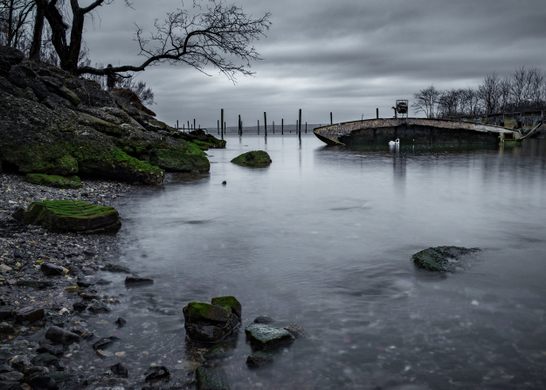



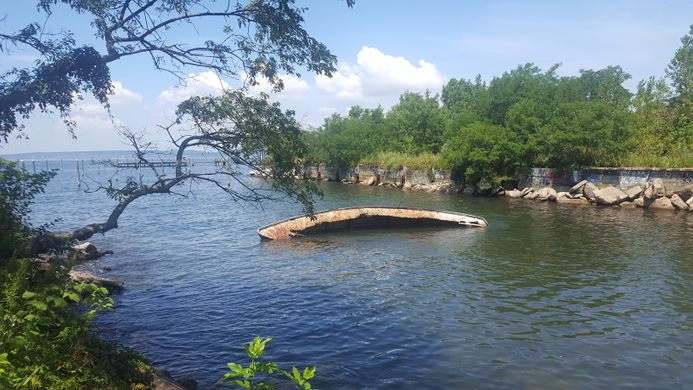
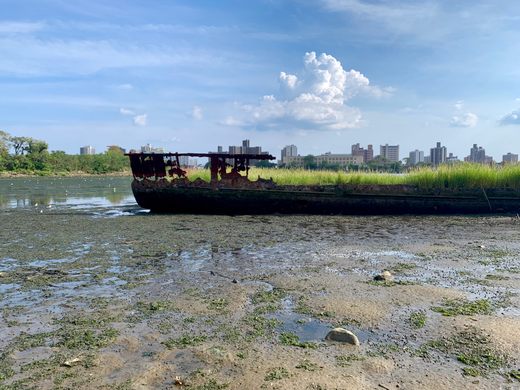
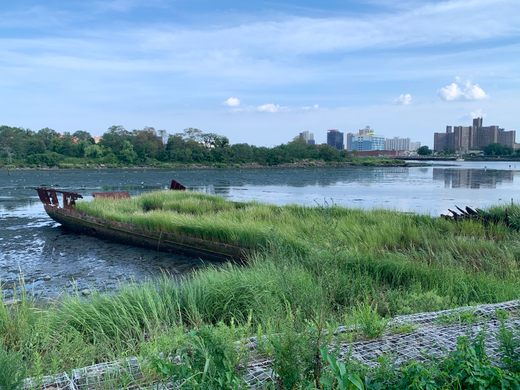
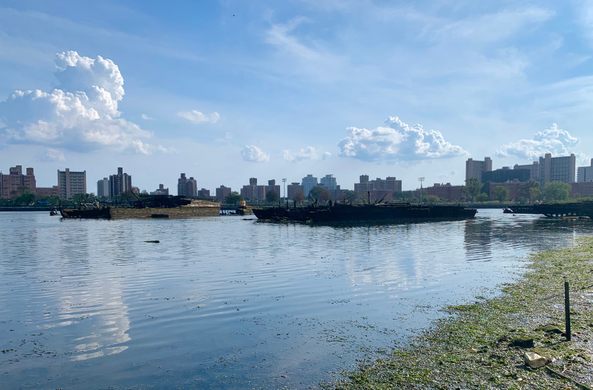














Follow us on Twitter to get the latest on the world's hidden wonders.
Like us on Facebook to get the latest on the world's hidden wonders.
Follow us on Twitter Like us on Facebook